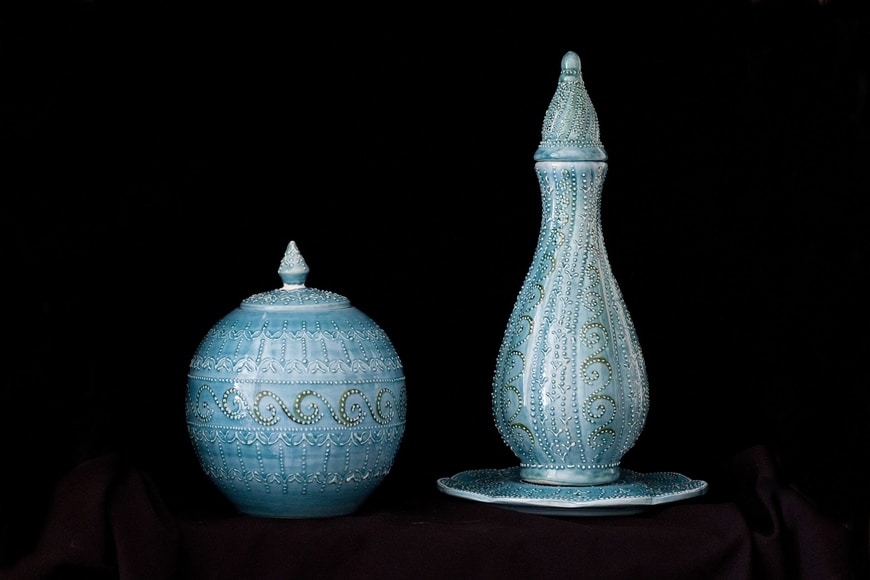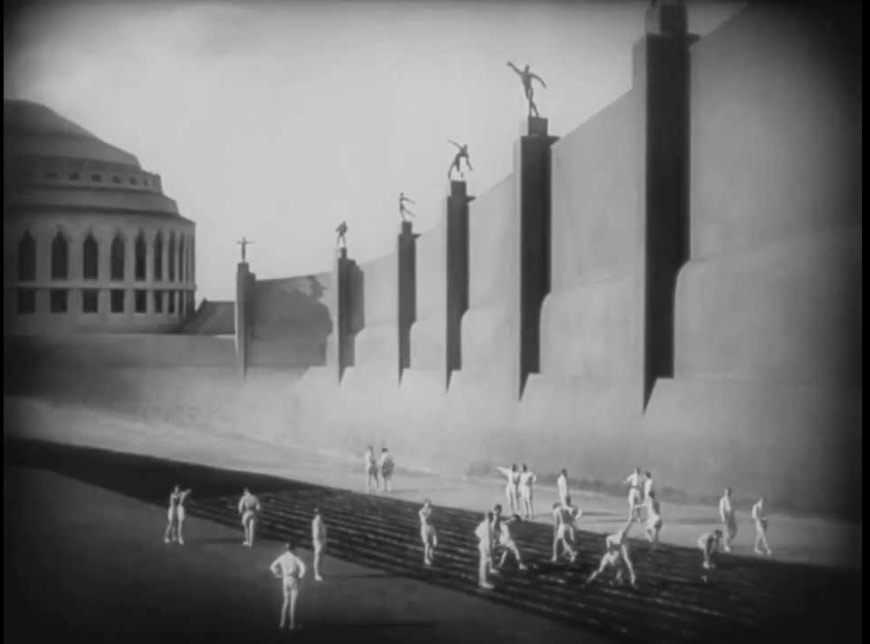VCE English Units 1 and 2
Year 11 English course that covers every aspect of the new VCE English Study Design Units 1 and 2 Curriculum.
Learning methods available
Select a year to see available courses
In this post, we explain what juxtaposition is and how to talk about it in your responses.

Guide Chapters
Join 75,893 students who already have a head start.
"*" indicates required fields
You might also like
Welcome to our glossary of Literary Techniques JUXTAPOSITION post. This post is part of a series that is aimed at increasing your knowledge of literary techniques and what they do. In this post, we expand on one of the techniques from our Literary Techniques Part 1: Techniques for Analysing a Written Text guide.
Some common questions that students ask are:
Here, we will discuss JUXTAPOSITION. Keep reading to find out what juxtaposition is, how it works, and to see some examples of how to discuss juxtaposition in your responses.
Want to know the key to sophisticated analysis?
1. What is juxtaposition
2. Analysing juxtaposition – a step-by-step guide
3. Juxtaposition examples
The literary technique of juxtaposition is the placement of two things side-by-side in order to reveal a contrast. Composers can effectively emphasise things by letting the audience to the work.
When we place to things side-by-side we can’t help but compare them. Consider the image below:

In this image, we can see two vases. While they are similar in colour and design, they are also quite different in form and shape. They both share the same raised spirals and swirls. The colour of the glaze is also the same. Yet, the shape is different. The one on the left is squat and round with a small lid. The one on the right is tall and slender with a long lid, it also sits on a saucer.
We can spot these things clearly because the vases are sat side by side. This is how juxtaposition operates, by allowing the reader to view things – be they characters or objects or ideas – side-by-side, the reader is compelled to examine the similarities and differences.
Analysing techniques can be daunting, but it needn’t be. Really, analysis is just a systematic process. The more you practice it, the easier and more intuitive it becomes.
Let’s look at an overview of the process of looking at juxtaposition:
Now we’ve got an overview of how to do this, let’s look at the step-by-step process in detail. To do this let’s look at the opening lines of TS Eliot’s poem The Love Song of J. Alfred Prufrock.
“Let us go then, you and I,
When the evening is spread out against the sky
Like a patient etherized upon a table;”
Let’s see how to analyse this extract.
This passage begins by describing a date as a pair of people prepare to go out. The persona narrating the poem states:
“Let us go then, you and I,
When the evening is spread out against the sky
Like a patient etherized upon a table;”
There are two distinct images here:
These are profoundly different images, aren’t they? Clearly, they are being juxtaposed. But why and to what end?
The persona is describing a date. A date should be a romantic affair. And the description of the evening being “spread out against the sky” bears this up.
But the second image is not. The second image is a medical image an is quite unsettling. This is antithetical to the idea of romance.
Let’s think about the consequence of this comparison.
The Love Song of J Alfred Prufrock is a critique of modern society and the rituals that were becoming commonplace, and in the persona’s view -sordid.
To this end, the opening lines offer an observation on dating during the early 20th century. Dating should be something romantic and profound, but it was becoming something bleak and procedural – like cutting up a patient on a table.
Clearly the persona is uncomfortable dating, because they perceive that dating has lost its traditional romance and sense of courtship. Instead it it is like prepping for an operation.
Now we understand what is being conveyed, we need to discuss. Let’s do that with a T.E.E.L structure.
We now need to explain how this imagery develops meaning for the reader. The best way to do this is to use a T.E.E.L structure to explore what you perceive the juxtaposition to be conveying.
T.E.E.L stands for:
You can find a more detailed explanation of using T.E.E.L in our post on paragraph structure (this post is part of our series on Essay Writing and shows you the methods Matrix English students learn to write Band 6 essays in the Matrix Holiday and Term courses). Let’s use this structure to discuss this example of juxtaposition.
Let’s put this together into a complete statement about this use of juxtaposition:
In The Love Song of J Alfred Prufrock, TS Eliot critiques the dating rituals of his context. Prufrock narrates that they will go out on a date “When the evening is spread out against the sky / Like a patient etherized upon a table;” contrasting the romance of dating the systematic and clinical preparation of a patient for surgery. This juxtaposition of images is jarring and strips the scene of its potential romance. Not only does the scene shift from courtship to the macabre, there is the disturbing image of one party being anaesthetised – which carries connotations of sexual assault. This reflects Eliot’s disenchantment with modern courtship rituals and society’s move away from traditional Judaeo-Christian beliefs and practices. |
Now let’s look at some examples. We have included an explanation for each, and a sample response for the first one.
Consider the additional examples of literary juxtaposition below:
In Julius Caesar, Shakespeare uses juxtaposition to sway the audience at Caesar’s funeral service. Consider the following extract:
“Come I to speak in Caesar’s funeral.
He was my friend, faithful and just to me:
But Brutus says he was ambitious;
And Brutus is an honourable man.
He hath brought many captives home to Rome
Whose ransoms did the general coffers fill:
Did this in Caesar seem ambitious?
When that the poor have cried, Caesar hath wept:
Ambition should be made of sterner stuff:
Yet Brutus says he was ambitious;
And Brutus is an honourable man.”
Excerpt – The Tragedy of Julius Caesar, Act 3, Scene 2, William Shakespeare – 1599
In Shakespeare’s Julius Caesar, Marc Antony juxtaposes the noble acts of Caesar with the refrain ‘and Brutus was an honourable man’ in order to negatively characterise Brutus negatively to his audience.
Marc Antony needs to win over the citizens and people of Rome to secure his own power. Antony uses juxtaposition to achieve this aim. First, Antony asserts that “[Caesar] was my friend, faithful and just to me: / But Brutus says he was ambitious.” This statement juxtaposes his own experience of Caesar against Brutus’ view of him as a tyrant who needed to be executed. To reinforce his view of Caesar as a great man, and to further discredit Brutus, Antony asserts that “When that the poor have cried, Caesar hath wept: / Ambition should be made of sterner stuff: / Yet Brutus says he was ambitious.” Antony contrasts the notion of ambition against Caesar’s tears. By presenting Caesar as an emotional man, and appealing to pathos, Antony juxtaposes his noble depiction of Caesar against Brutus’ tyrannical one. This proves effective for Antony, as he successfully turns the crowd against Brutus and the conspirators. |
In Shakespeare’s Hamlet, Hamlet uses juxtaposition consistently to compare his uncle and father. Consider the following extract:
“Look here, upon this picture, and on this,
The counterfeit presentment of two brothers.
See, what a grace was seated on this brow;
Hyperion’s curls; the front of Jove himself;
An eye like Mars, to threaten and command;
A station like the herald Mercury
New-lighted on a heaven-kissing hill;
A combination and a form indeed,
Where every god did seem to set his seal,
To give the world assurance of a man:
This was your husband. Look you now, what follows:
Here is your husband; like a mildew’d ear,
Blasting his wholesome brother. Have you eyes?”
Excerpt – The Tragedy of Hamlet, Prince of Denmark, Act 3, Scene 4, William Shakespeare – 1601
Effect of juxtaposition:
While berating his mother, Hamlet juxtaposes positive images of his father and her former husband, King Hamlet, with grotesque images of Claudius, whom Gertrude has married. The effect of this is to emphasise the contrast Hamlet sees between the two men, and to horrify his mother.
Juxtaposition is not purely a literary technique. We can also find it find in visual texts such as films. Consider these two shots from Fritz Lang’s Metropolis (1927):

Effect of juxtaposition:
In the first still, we see the Worker’s City. It is underground and dark. The workers walk together with hunched shoulders towards cramped and towering apartment blocks. In the shot next to it, we can the Club of Sons. It is wide open and naturally lit. The people have lots of space and appear active and happy.
Lang juxtaposes these two shots next two each other to show the inequality between the two groups: the workers are oppressed and exploited, the sons of industry are privileged and given lots of space.
Learn how to utilise and discuss allusion in your English responses!
Written by Matrix English Team
The Matrix English Team are tutors and teachers with a passion for English and a dedication to seeing Matrix Students achieving their academic goals.© Matrix Education and www.matrix.edu.au, 2023. Unauthorised use and/or duplication of this material without express and written permission from this site’s author and/or owner is strictly prohibited. Excerpts and links may be used, provided that full and clear credit is given to Matrix Education and www.matrix.edu.au with appropriate and specific direction to the original content.